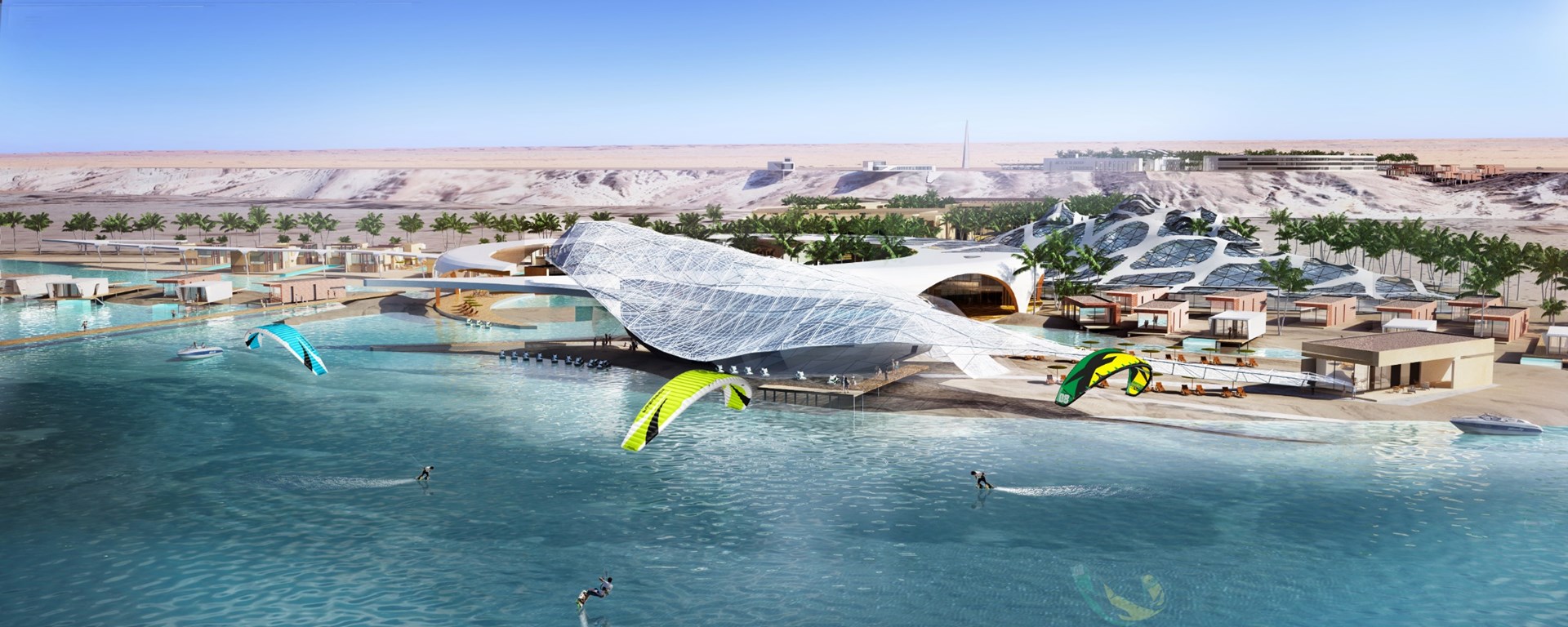The Future of Sports Tourism



The UN World Tourism Organisation (UNWTO) and Catalan Tourist Board have published a summary of the proceedings, case studies, and the key lessons learned following the first World Sports Tourism Congress which took place in November 2021 in Catalonia.
10 key points were identified as critical success factors and informed the core principles for the legacy and future agenda.
A member of the UNWTO World Congress on Sports Tourism Scientific Committee, Neil MacOmish, Board Director and Head of Digital, Culture, Media & Sport at Scott Brownrigg summarises some of the comments made by members of the committee in his report ‘Climate, Community, Culture; Tensions and Oscillations’. Read here:
The process of transformation of tourism, and by extension also of sports tourism, began before the COVID-19 pandemic, but this has generated new elements that rethink the change. Aspects such as travel, essential for tourist activity, the profile of users, supply, or demand, will be affected. Both the events and the active practice of sports tourism should rethink their configuration, considering aspects such as sustainability, the environment, health, the impact on the territory and its residents, among others.
What is entirely clear is that all tourism (along with all aspects of our daily lives) must become immediately sustainable to avert the existential threat from climate change. This action is our collective and individual responsibility.
The papers submitted to the congress clearly demonstrate the scope and magnitude that sports tourism can contribute, both negatively and positively, to this essential topic. They identify the huge variance in material consideration – from "Hell is Other People" to "Mega Sports Events".
The built environment and its supporting infrastructure make up a significant proportion (based upon several measurements, anywhere from 18-58%) of carbon production within the sector.
It must be entirely clear then, that any project at the conception stage and through to completion and legacy, must be considered and measured against the UN’s 17 Sustainable Development Goals.
Equally, it also must be recognized that there will be tensions – forces in opposition – that will make such judgements difficult. There will be clear and obvious benefits to local and national economies that may have adverse consequences on local communities. The assessment of global resources in development and in-use must be rigorous. But these are not circles that cannot be squared; what is required is a new process that includes professionals, community engagement, inclusive and diverse contribution, local and national governments, and institutions. It requires a broader definition of legacy – one that might be best described by the late Professor Charles Jencks as "multivalent" (for example, not just a sports stadium used 10 times a year, but a community hub, a college and educational institute, as place for start-up companies, a museum or cultural facility, one that responds to a philosophy of ‘long-life, loose fit’.
Does it make sense that one global sports event promotes its response to sustainability by stating that all venues are within 40 miles of one another, but requires vast open-air facilities to be mechanically cooled and ventilated, whilst another states that by re-using existing facilities it is green, but promotes hundreds of airplane journeys to those venues which are thousands of miles apart? Neither seem to be appropriate.
“Global sports events can be regenerative, fundamentally change countries, regions, and communities but only if long term and sustainable criteria is applied.”
The COVID-19 pandemic has demonstrated that we still need international connectivity, and travel not only broadens the mind, but facilitates economic benefits that can create positive change – but can also promote greater understanding of cultural diversity, inclusiveness, and tolerance.
Technological advancement will help us in our targets for a sustainable environment, but a re-aligned attitude must be the principal driver. If the global pandemic has taught us anything, it is that when we are faced with an immediate threat, we can, through collaboration and collective effort, respond quickly and effectively (whilst recognizing that there have been aspects of the response that have fallen short).
Necessity it is said, is the mother of invention. We need to be inventive on a community, cultural and global scale now to deal with the unquestionable threat that lies before us.
Read the full summary of findings here.
You're looking for exceptional architecture. We're looking for exceptional projects. Let's start a conversation
Enquire